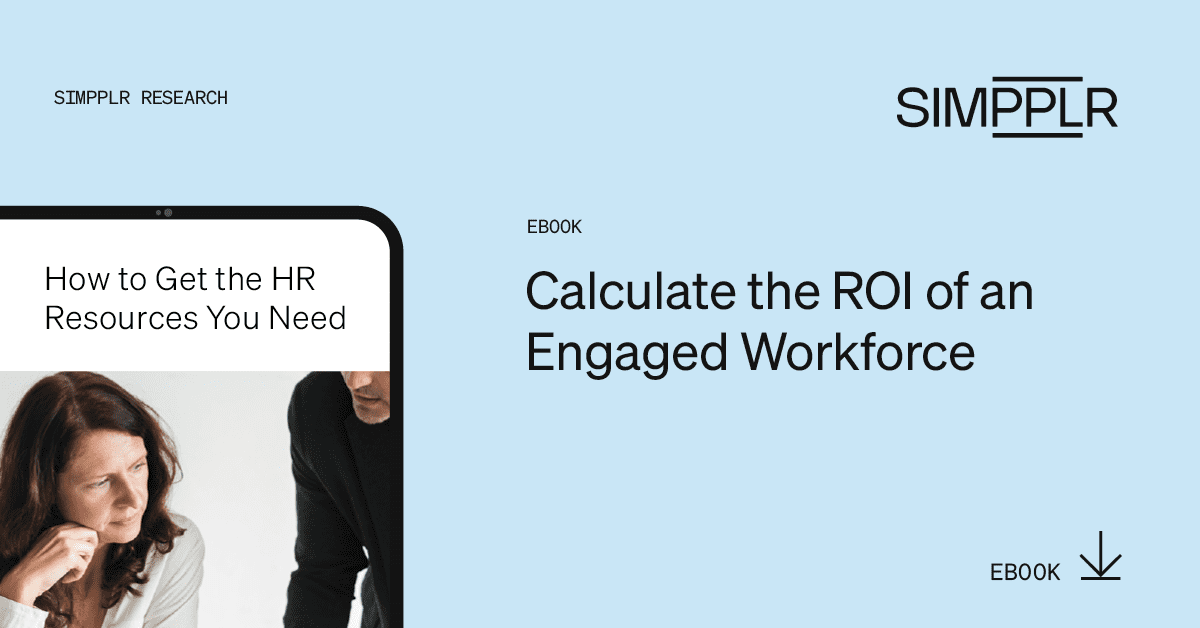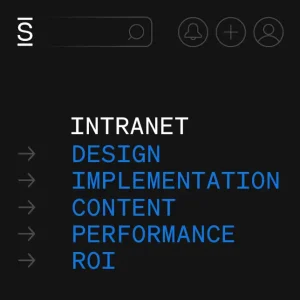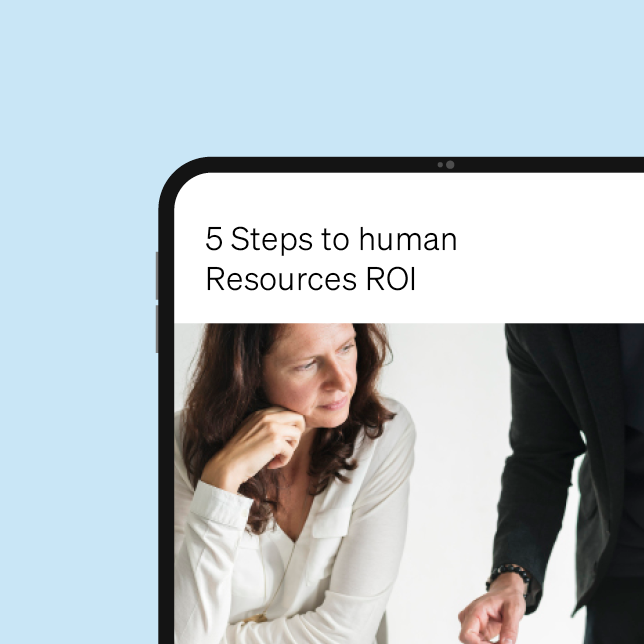Subscribers to our blog and podcast series know that Simpplr strives to share tips, tricks and best practices for connecting workforces all across the globe. And subscribers also recognize that this connection significantly impacts ROI.
But, how does one prove this to be true?

An engaged workforce = bigger HR budget
An engaged and happy workforce is more productive, creative and motivated to deliver exceptional customer experiences. This is valuable, as ultimately, a happy customer is a returning customer! But quantifying the impact of an engaged workforce to make this correlation is challenging.
Many HR and People Operations leaders struggle to demonstrate this ROI of employee engagement and offer meaningful metrics tied to their efforts. And this creates a problem when it comes time to rethink yearly or even quarterly budgets.
How does one request additional resources––be it headcount, technology or budget, without clearly showing a department’s impact on the overall profitability of the business? The quick answer is that many do not, at least not successfully.
And those who successfully win budget increases are either left scrambling to prove departmental value, or they know something that many companies miss. A game changing tidbit. A secret ROI sauce. And we have the recipe.
We’re here to help you cook up your own version of employee engagement ROI deliciousness and effectively measure the impact of your ‘engaged workforce’ efforts to serve up at that next budgetary check-in.
eBook backstory
Earlier this year, Simpplr partnered with internal communications experts and consultants from Audacity to create a guide for internal communications professionals seeking an employee engagement ROI roadmap.
The ebook was so well-received that we’ve tailored it for HR or People Operations, as they too struggle to prove the ROI of employee engagement to leadership teams. This ebook will alleviate that struggle.
Five-step framework and more
We’ve created a five-step framework for those seeking to show how an engaged workforce contributes to their company’s bottom line. As a brief overview, the steps are:
- Step one: The data
To demonstrate strategic value, you need to begin measuring data. We help you determine which data should inform your efforts.
- Step two: Goals and alignment
Along with the data, you will want to be aligned with leadership’s business goals and to communicate the same. You’ll find inspiration to guide the work in the report.
- Step three: Your neighbors
Build strong relationships with Marketing and IC teams for a collaborative, aligned approach. If this were easy, you’d have already done it. Your approach matters, and we’ll help you get it right!
- Step Four: The strategy
Short-term or long-term impact––how does one decide? It’s more about designating the right avenues to pursue to create impact for each, instead of choosing one over the other. We share insight around how to capture quick wins.
- Step five: The team
Regardless of size, every successful HR team requires a well-rounded mix of skill sets from its members. We break down what you want to get the greatest bang for your personnel buck!
We’ve also included three options for “test projects” to help build team collaboration while demonstrating measurable outcomes. We cover how to create SMART goals, and show hard numbers and soft metrics (for causation and correlation), as well as things to avoid as you start out on this journey. It’s a valuable ‘lessons learned’ compiled from those in the trenches.
Download a copy of Calculate the ROI of an engaged workforce and then reach out for a demo to see the steps in action! Your next budget meeting is going to be very different!

















